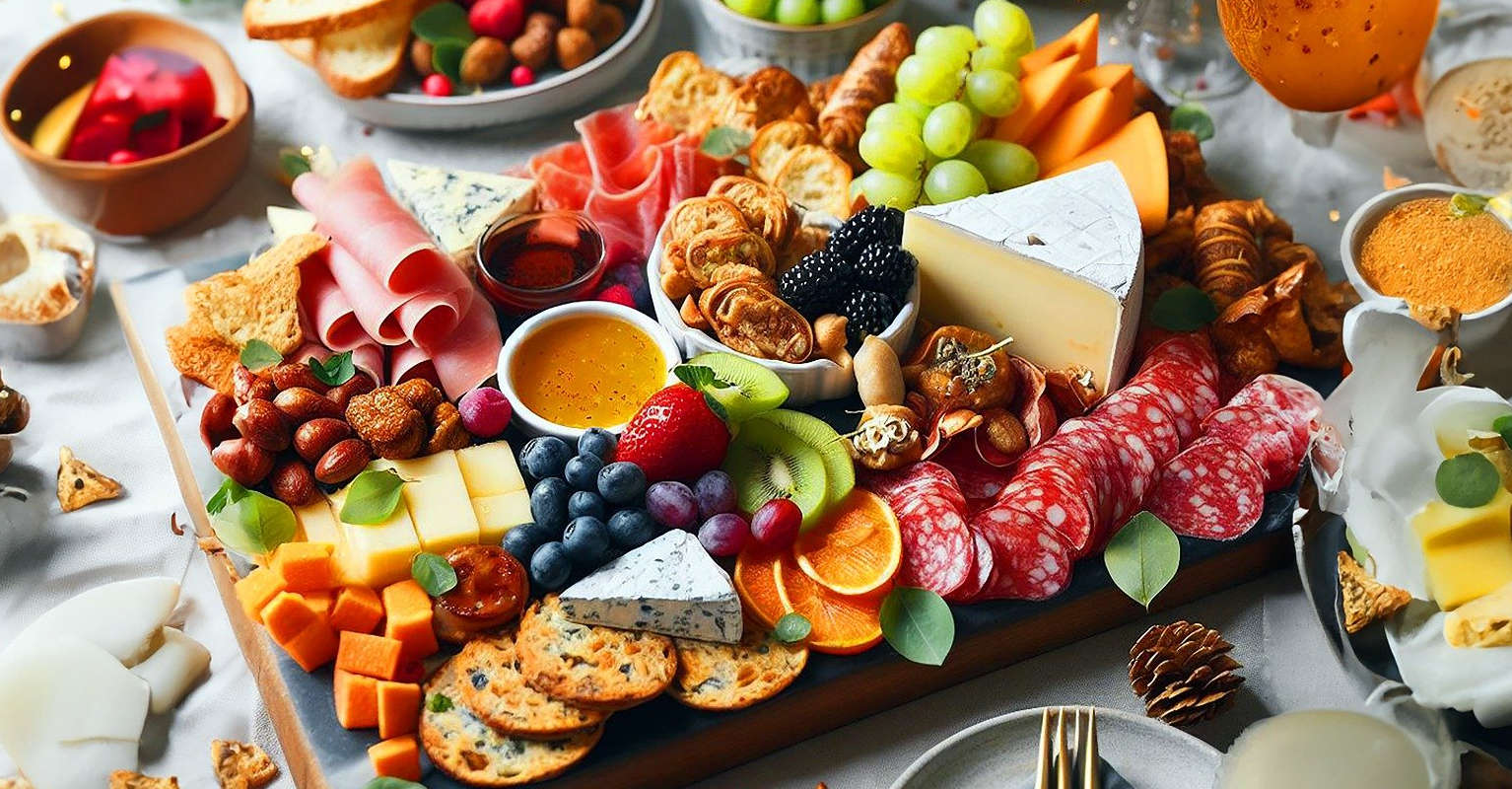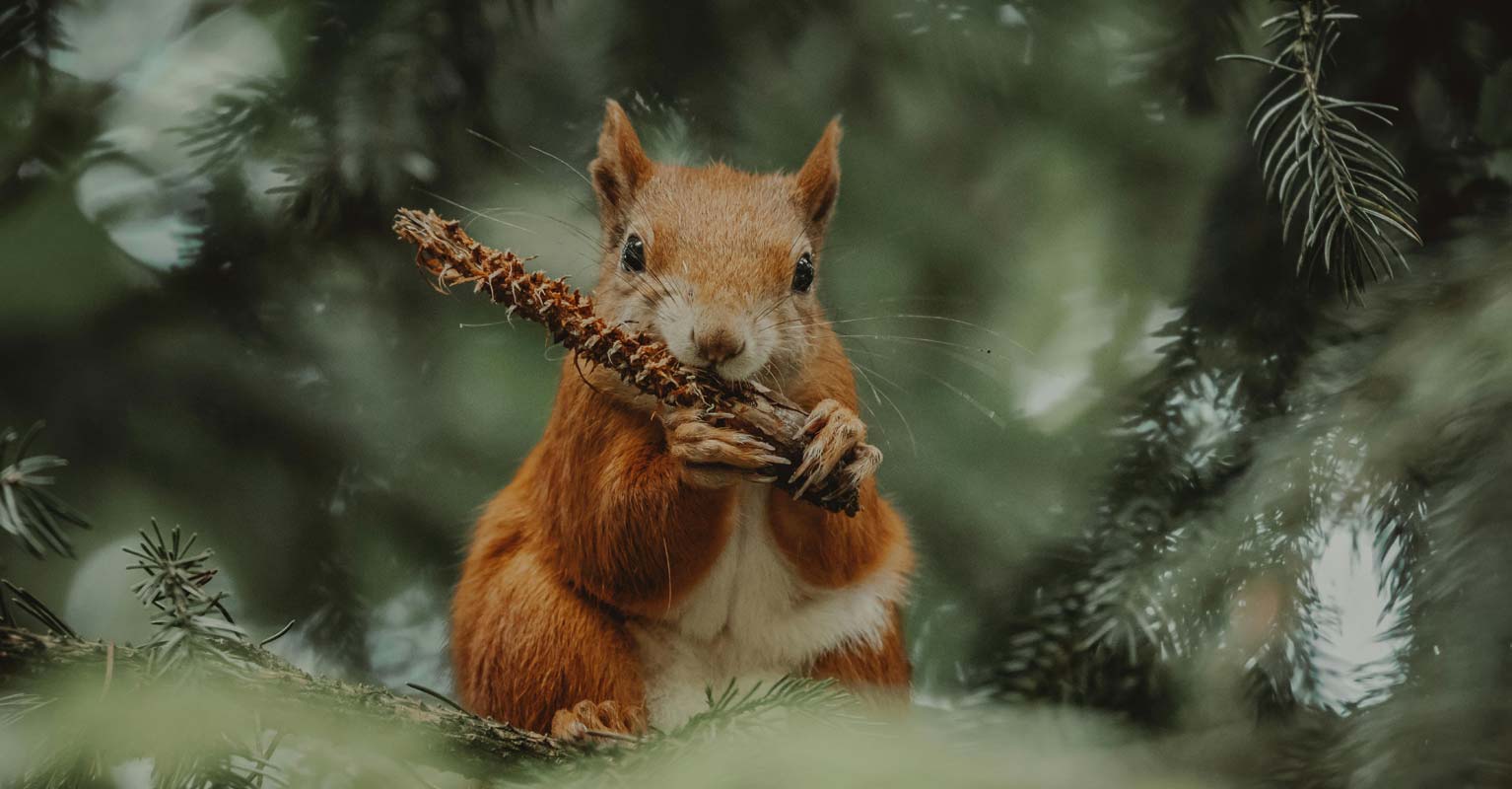We almost missed the exit. Heck, we almost missed the appointment altogether. Several minutes earlier, while making our way along a scenic stretch of the E-70 motorway from Venice to Milan during a trip a decade or so ago, we decided that we had to take up the generous offer made by our friend and winemaker Giampietro to visit with his mentor. We were, after all, passing straight through Verona and the Veneto region in general.
We’d paid a visit to the Giampietro family winery—located in the garage of their humble home—in the village of Montefalco in the hilly, densely wooded region of Umbria. And when Giampietro caught wind that I liked grappa, well, we most certainly needed to visit his mentor in north Italy where grappa—a highly flammable after-dinner digestif made from crushed grape pomace left over after wine-making— is quite prolific.
We descended from the main artery, away from the banks of the river Adige, onto a small, bucolic two-lane stretch of road threading its way to the quiet village of Negrar. We didn’t have Giuseppe’s street address so I popped into a local restaurant to see if anyone could lead us to his domicile. Upon entering, I could see impressive and empty wine bottles. Workers sat together at a table for their post-shift late lunch. In broken Italian I asked if anyone knew Giuseppe. They looked at me with blank stares.
“Certo.” Yes, of course they knew Giuseppe.
I then asked if anyone knew where he lived. They looked at me, frozen, slightly stunned. It was as if I had just inquired about the whereabouts of Robert Mondavi, the famous winemaker whose family and winery put Napa Valley on the proverbial wine map. I would later learn upon arriving back home and doing some online searching, that had been precisely what I was asking.
No, none of them had any idea where Giuseppe lived. But they pointed in a manner that made me think they were indicating up the hill.
We drove the one and only road switchbacking up from the valley, searching for something that would indicate the location of Giuseppe Quintarelli. We noticed an old woman standing alone in her kitchen apron as if waiting for someone. We inquired. This was indeed the home of Giuseppe Quintarelli, and she, his wife. Wouldn’t we please come in and wait while she fetched Giuseppe.
Giuseppe was about 5-foot-5 and perhaps in his late seventies or early eighties. He wore his Sunday best three-piece suit and greeted us warmly with a two-handed shake. We spent three hours in the winery tasting the wines of Giuseppe and his wife. We shared stories. We laughed. My wife guessed all seven grape varieties of his white blend and earned herself the nickname “Il Capo” (the Boss). It’s OK, he said to me with a grin, my wife is Il Capo too.
When we finished Giuseppe’s wines, he remembered the reason for the visit: grappa. He didn’t make it anymore, but certainly he had a bottle of the very first harvest of 1981 when the village all pitched in together on a cooperative grappa. One of the villagers died in a tragic explosion during the process so the grappa was named Della Morte in reverence for their dead friend.
Recently, I was moving bottles around in my wine cabinet here at home. I had guarded the Della Morte since we transported it home. I pulled the bottle from pole position in the top left-hand side of the refrigerated cabinet. The sweet fruity notes of muscat came to me. Upon inspection, I discovered that at some point the nectar in the bottle had begun to leak out of the cork. And upon further inspection, I found that a very fortunate mouse sipped at the grappa-soaked cork only to croak at the back of our wine cabinet. Very happily and without a care, I assume.
With much anticipation and with feelings of guilt that I had let Giuseppe down, we pulled the cork after years of waiting. Tears of joy. Grappa Della Morte indeed.




